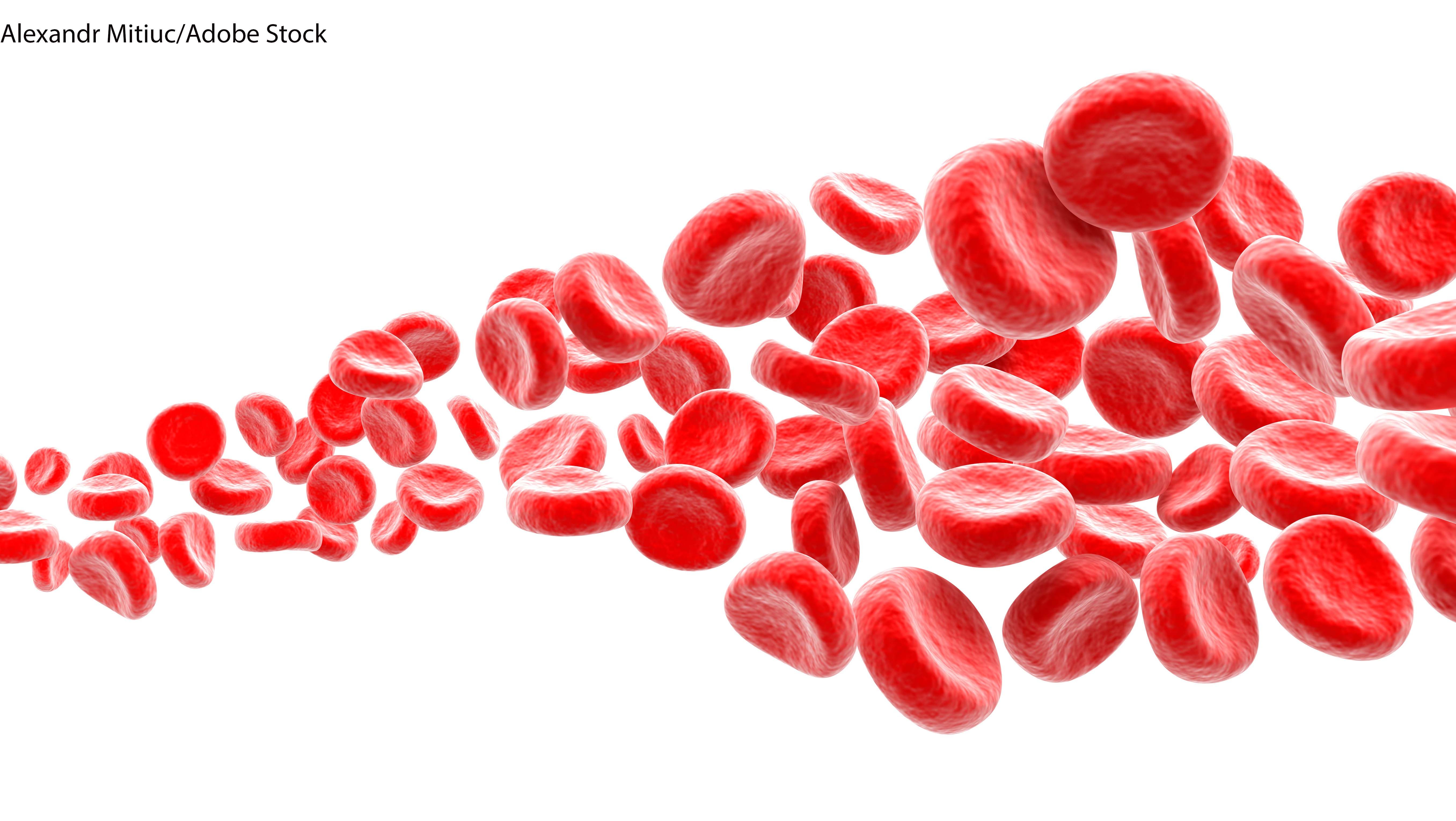Venetoclax/Ibrutinib Significantly Improves PFS in Mantle Cell Lymphoma
The safety profile of ibrutinib/venetoclax in the phase 3 SYMPATICO trial was consistent with the known profiles for each individual agent.
The safety profile of ibrutinib/venetoclax in the phase 3 SYMPATICO trial was consistent with the known profiles for each individual agent.

Ibrutinib (Imbruvica) plus venetoclax (Venclexta) elicited a statistically significant improvement in progression-free survival (PFS) vs ibrutinib/placebo in adult patients with pathologically confirmed relapsed or refractory mantle cell lymphoma (MCL), according to results from the phase 3 SYMPATICO trial (NCT03112174) published in Lancet Oncology.
Data from the trial revealed that the median PFS with ibrutinib/venetoclax was 31.9 months (95% CI, 22.8-47.0) vs 22.1 months (95% CI, 16.5-29.5) with ibrutinib/placebo per investigator assessment (HR, 0.65; 95% CI, 0.47-0.88; P = .0052). Additionally, a post hoc analysis showed an estimated 24-month PFS rate of 57% (95% CI, 48%-65%) and 45% (37%-54%) in the respective arms. Furthermore, as of data cutoff, 54% and 71% of the respective groups had experienced disease progression or death.
There was a non-significant improvement in overall response rate (ORR) with venetoclax vs placebo, showing 82% and 74% in the respective groups (rate ratio [RR], 1.10; 95% CI, 0.97-1.25; P = .13). A significant improvement in complete response rate (CRR) was observed at 54% vs 32% in the respective groups (RR, 1.66; 95% CI, 1.24-2.22; P = .0004). The median duration of CR and response was not reached (NR, 95% CI, 42.1-not evaluable [NE]) and 42.1 months (95% CI, 28.7-NE), respectively, in the ibrutinib/venetoclax arm, and 40.8 months (95% CI, 26.7-NE) and 27.6 months (95% CI, 19.4-39.5) in the ibrutinib/placebo arm.
“[R]esults from the SYMPATICO study showed that the addition of venetoclax to ibrutinib in an all-oral regimen improved outcomes compared with ibrutinib alone in patients with relapsed or refractory MCL,” Michael Wang, MD, a professor in the Department of Lymphoma and Myeloma at the University of Texas MD Anderson Cancer Center, wrote in the publication with study coinvestigators.1 “The ibrutinib/venetoclax combination demonstrated an acceptable safety profile. Overall, these results suggest that ibrutinib/venetoclax has a [favorable] benefit/risk profile in patients with relapsed or refractory MCL.”
The phase 3 trial initially screened 325 adult patients with relapsed or refractory MCL previously treated with 1 to 5 lines of therapy for eligibility. Patients successfully enrolled (n = 267) were randomly assigned 1:1 to receive either ibrutinib/venetoclax (n = 134) or ibrutinib/placebo (n = 133).
Treatment consisted of 560 mg of oral ibrutinib once daily with concurrent oral venetoclax, ramping up to 400 mg once daily, or matching placebo for 2 years. After 2 years, 560 mg of once daily oral ibrutinib was given as a monotherapy until progressive disease or unacceptable toxicity. Dose modification was permitted, as were supportive medications for the management of adverse events (AEs).
Patients in the investigational and placebo arms had a median age of 69 years (IQR, 62-74) and 67 years (IQR, 60-73), respectively. In the respective arms, 77% and 81% were male, 87% and 86% were White, and 55% and 56% had an ECOG performance status of 0. The median number of previous lines of therapy was 1 (IQR, 1-2) in each arm, with 60% and 59% of respective arms having received only 1 prior line of therapy.
A total of 78% of both the investigational and placebo arm had a low tumor lysis syndrome (TLS) risk. Additionally, 66% and 71% of the respective arms had typical MCL histology, 49% and 43% did not have TP53-mutant disease, and bulky disease of 5 cm or greater was observed in 46% and 40% of each arm. Extranodal disease was reported in 48% and 46%, respectively, with 46% and 41% reporting bone marrow involvement.
The primary end point was investigator-assessed PFS in the intent-to-treat population. Secondary end points included CRR, ORR, time to next treatment, overall survival (OS), duration of response, and minimal residual disease (MRD)–negative rate.
The median time to next treatment was NR (95% CI, 48.0-NE) with ibrutinib/venetoclax vs 35.4 months (95% CI, 24.7-49.5) with ibrutinib/placebo (HR, 0.60; 95% CI, 0.40-0.89; P = .0096). Additionally, data showed that the median OS was 44.9 months (95% CI, 31.9-NE) and 38.6 months (95% CI, 25.2-53.4) in each respective arm (HR, 0.85; 95% CI, 0.61-1.19; P = .35).
Grade 3 or higher AEs occurred in 84% of the investigational arm and 76% of the placebo arm, with serious AEs occurring in 60% and 60%, respectively. The most common grade 3 or 4 AEs in the respective groups included neutropenia (31% vs 11%), thrombocytopenia (13% vs 8%), and pneumonia (12% vs 11%). Serious AEs related to venetoclax occurred in 23% of the investigational arm, and those related to placebo occurred in 19% of the placebo arm.
Reference
Wang M, Jurczak W, Trneny M, et al. Ibrutinib plus venetoclax in relapsed or refractory mantle cell lymphoma (SYMPATICO): a multicentre, randomised, double-blind, placebo-controlled, phase 3 study. Lancet Oncol. 2025;26(2):200-213. doi:10.1016/S1470-2045(24)00682-X
Highlighting Insights From the Marginal Zone Lymphoma Workshop
Clinicians outline the significance of the MZL Workshop, where a gathering of international experts in the field discussed updates in the disease state.